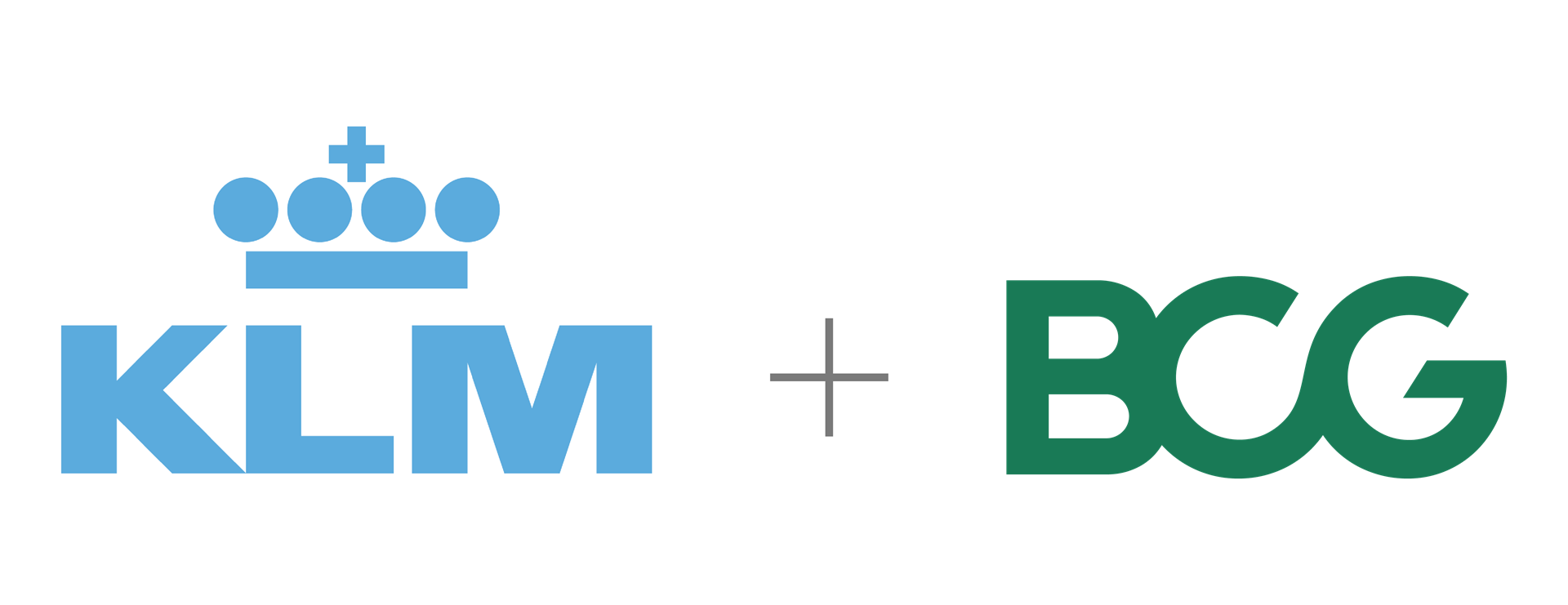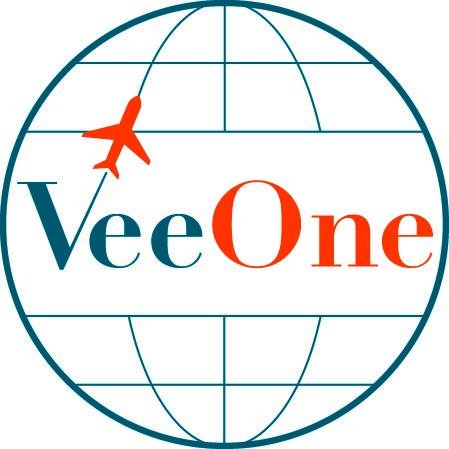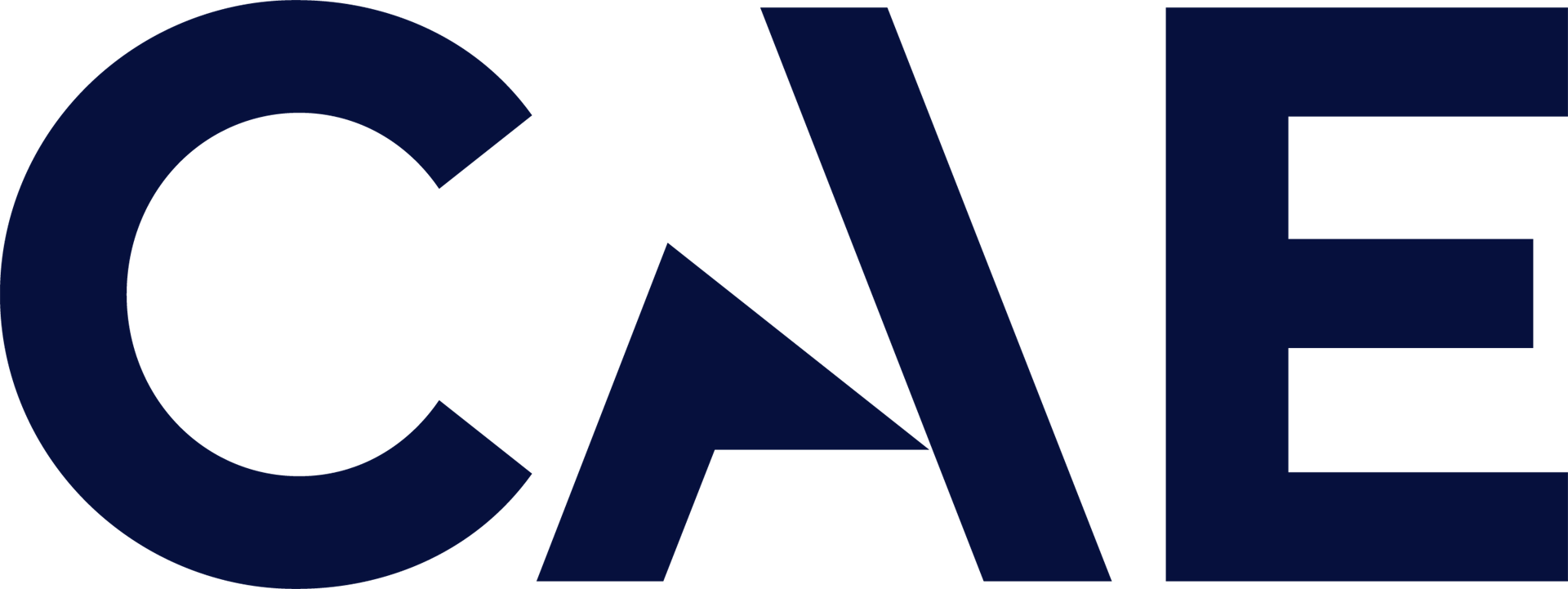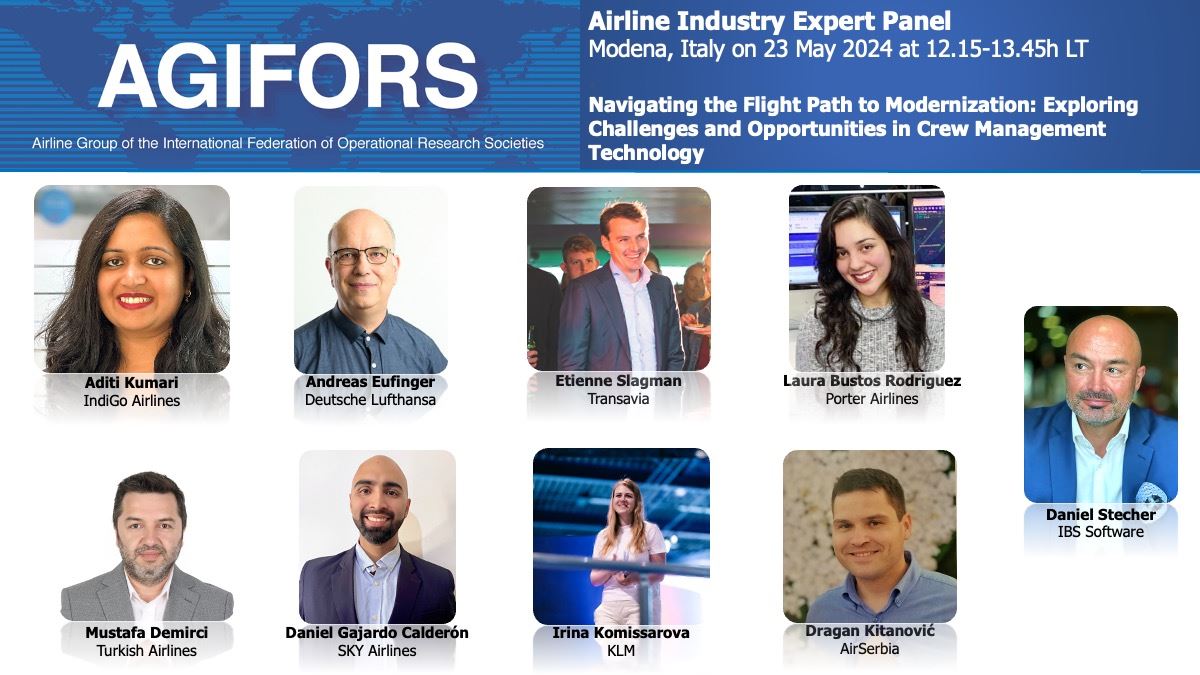Disclaimer: the agenda serves for orientation purpose and is still subject of change
All times are in Italy local time.
Monday, 20May24
| Start time | Details |
|---|---|
| 19:00 | Welcome reception |
Tuesday, 21May24
| Start time | Details |
|---|---|
| 9:00 |
Welcome |
| 9:30 |
Opening keynoteCo Host: XENIA S.p.A.SB, Mr. Ercolino Ranieri - CEO |
| 10:00 |
Coffee break |
| 10:30 |
Sponsor presentation: APISpeaker: Fiona Fawdry (Managing director)
|
| 11:00 |
Sponsor presentation: KLM-BCG partnership - Revolutionizing Long-Term Crew Planning: Introducing CrewVision
Airlines grapple with a complex challenge: ensuring optimal crew staffing amidst ever-changing regulations, fleet updates, and a dynamic pilot job market. Traditional planning methods are sluggish and inefficient, leaving airlines exposed to market fluctuations. CrewVision, a groundbreaking tool co-developed by KLM and BCG, tackles these challenges head-on. It generates optimal five-year crew plans by factoring in a multitude of variables, including: |
| 11:30 |
Technical presentation: Utilizing Time Series Models for Effective Standby Duty PlanningSpeaker: Ines Mehlhose, Ma Theresa Pareno In the day-to-day management of airlines, the Crew Control units have a broad focus that extends beyond just managing the staff assigned to specific pairings. They also use standby duties to cover crew absences and operational problems. The goal of improving standby (SB) duty planning is to optimize SB usage by minimizing excess standby days and reducing shortages of standby staff. To achieve this, we use historical crew absence and SB usage data to train a machine learning (ML) model. This model provides SB recommendations for future dates (up to 2,5 months in advance) based on known flight duties from pairings. The SB recommendation is generated by combining three predictions: crew absence on flight duties, crew absence on standby duties, and additional standbys required for operational reasons. We also incorporate buffers based on the model's confidence interval to ensure an adequate number of standbys. |
| 12:00 |
Group photo shooting and lunch break
|
| 13:30 |
Technical presentation: Crew pairing with regularitySpeaker: Francois Soumis It is good to repeat the same pairings many times during a month to simplify the logistics: hotels, limos, and data management, … Adding a variable bonus according to the frequency of a pairing during the optimization creates a problem too difficult to solve. We develop a method in two phases to reach this objective. The first phase solves an aggregated daily problem covering all the flight numbers, the number of times they appear during the month. It identifies the number of times each pairing can be repeated in a monthly solution. The second phase solves the monthly pairing problem with constant bonuses proportional to the number of times a pairing appeared in the daily solution. Results for large Asian airlines will be presented. |
| 14:00 |
Sponsor presentation: Xenia - Sustainable horizons: Nurturing Hospitality with Social ResponsibilitySpeakers: Sarah Marabello - Sales Development Manager, Alessandro Cerritelli - Operations & Tech Development Manager , Edlir Molla - Area Manager Crew and Distribution Integrating the sustainability concept and social responsibility into a Hospitality company with the mission of “Doing Well by doing good”. We take you on a journey in the world of Xenia. |
| 14:30 |
Technical presentation: Efficiency in Airline Crew Scheduling: Insights from Minimum Path Cover in Graph TheorySpeaker: Roberto Baldacci, Division of Engineering Management and Decision Sciences, College of Science and Engineering, Hamad Bin Khalifa University, Qatar Foundation; Nour ElHouda Tellache, Carnegie Mellon University in Qatar, Computer Science Department, Doha, Qatar A path cover in graph theory includes node-disjoint paths covering all nodes. The Minimum Path Cover (MPC) problem seeks the smallest cardinality path cover, extensively studied for its theoretical importance and wide applicability. We delve into an MPC variant tied to airline crew scheduling to minimize the pilots required for full flight coverage. Our exploration involves complexity results, integer programming formulations, and an exact method. The implemented approach is tested on diverse instances, showcasing its efficacy. |
| 15:00 |
Coffee break |
| 15:30 |
Sponsor presentation: HititSpeakers: Yonca Selin Soy Polat (Senior Product Manager), Fatih Mert Esmer (Deputy General Manager / App Travel Platform) |
| 15:45 |
Airline update: TransaviaSpeaker: Etienne Slagmann, Carl van Roon |
| 16:00 |
Sponsor presentation: IBS softwareSpeaker: Daniel Stecher (VP Business development)
|
| 16:15 |
Sponsor presentation: WePlanSpeaker: Lana Jansen (Co-Founder an Managing Director) |
| 16:30 |
Technical presentation: AI for Airline Crew SchedulingSpeaker: Marcin Slowiak In March 2016, the groundbreaking victory of the artificial intelligence system, AlphaGo, over a world champion in the ancient game of Go, captivated the attention of over 200 million viewers worldwide. This momentous event marked a significant leap forward in artificial intelligence, achieving a milestone that was previously believed to be a decade ahead of its time. Following this, in 2017, the advent of Generative Adversarial Network (GAN) technology, revolutionized the creation of convincingly real videos techniques called "deep fake", which opened new avenues of both creative expression as well as ethical concern. Today, artificial intelligence is progressing at an unprecedented rate, characterized by an exponential growth trajectory that defies conventional expectations. In this presentation, we delve into the contemporary landscape of artificial intelligence, exploring the myriad models and leading trends that define its current state. We examine how AI can reshape Airline Crew Scheduling and enhancing traditional (OR) approaches to crew scheduling optimization, recovery management, fatigue management, and resource planning. |
Wednesday, 22May24
| Start time | Details |
|---|---|
| 9:00 |
Recap day 1 |
| 9:15 |
Technical presentation: Integrated Crew Recovery Using Optimization and Machine LearningSpeaker: Vikrant S. Vaze, Ahmet Esat Hızır We combine mixed-integer optimization and supervised machine learning techniques to find better solutions to large-scale integrated crew recovery problems than those found with other exact and heuristic approaches. Our approach reduces the solution space for a given disruption by adding constraints (cuts) based on the patterns discovered in the solutions to historical disruptions. Our approach allows parameter tuning to match the extent of solution space reduction with the available solution time, allowing proposed methods to effectively navigate the trade-off between solution quality and runtime. Our experiments on real flight and crew schedules from major US airlines with more than 2,500 daily flights generate solutions of significantly higher quality than benchmark methods. Finally, our tree-based classification methods with interpretable structures are able to discover insights into the attributes of effective recovery decisions. We also demonstrate that these insights can be incorporated into currently used heuristic-based airline recovery processes to improve solution quality by up to 15%. |
| 9:45 |
Technical presentation: Trust issues? On the challenging relationship between crew planners and modern softwareSpeaker: Dr. Daniel Gröger, Lead UX-Engineer at WePlan The evolution of manpower planning software has undergone a remarkable transformation, progressing from the simplicity of Excel to today's advanced digital tools. Initially, Excel's adaptability met basic planning needs despite its drawbacks. However, industry changes and technological advancements have prompted a shift towards more tailored and robust solutions for workforce planning. Modern software offerings effectively address the complex demands of workforce planning, improving efficiency and workflow, with a notable focus on user experience. We will share our vision for the future of manpower planning software that prioritizes high-level decision-making interfaces, automated alerts, planning assistance and seamless integration into organizational processes. Yet, we’ll also illustrate how this vision necessitates striking a balance between embracing new paradigms and retaining essential elements of traditional user interfaces. |
| 10:15 |
Sponsor presentation: VeeOne
|
| 10:30 |
Technical presentation: Crew Standby Model: Predicting and scheduling the right amount of standbys.Speaker: Etienne Slagman, Carl van Roon How many standbys to schedule can be a daunting task. Not to mention creating a schedule on which to plan these standbys. Transavia has developed a model that not only predicts the number of standbys based on different drivers, but has also developed an optimization model to schedule these standbys. Predicting on different drivers, allowing the users to set a risk profile and creating an optimized daily schedule helps planners to work more data driven. This allows planners to work more uniformly, saves time and prevents too many unused standbys. This presentation will show a general overview of the problems we faced, how the model uses Machine Learning and OR to tackle these problems and the challenges we had to overcome. |
| 11:00 |
Coffee break |
| 11:30 |
Sponsor presentation: TA Connections
|
| 11:45 |
Sponsor presentation: NavBlue
|
| 12:00 |
Technical presentation: Alert to Action - Crew Tracking revealedSpeakers: Tomas Gustafsson, Andres Munoz Hernandez Managing disruptions for a Crew Tracker or Scheduler, means finding crew when there are none, swapping them when qualifications don’t match or dealing with exceeding Max FDP. These are just a few examples of the plethora of challenges in this role, but do we actually know which are the most frequent or severe issues? We were interested in better quantifying these daily challenges for general understanding, but even more so to see if there are patterns in what recovery actions are applied. Could we even predict these actions to a reasonable fidelity? In this presentation we’ll share results from a few airlines, and discuss future practical applications. |
| 12:30 |
Technical presentation: Effective and sustainable documentation and management of crew rulesSpeakers: Raphael Abt, Markus Esser, Tim Holmgren An approach to overcoming legacy structures and realising the benefits of sustainable and transparent crew rule management. |
| 13:00 |
Technical presentation: Pairing Rosterability: Optimizing Crew Planning for greater EfficiencySpeaker: Ajit Ramachandran Planning pairings efficiently, which can also seamlessly fit onto crew rosters is a complex task. This is especially true for small bases or crew groups with very specific requirements for example crew availability over the roster period, training need and special qualifications. Adjusting the pairings, so that they can be rostered, often incurs additional costs or might not even be feasible to do. As a consequence, airlines and planning teams dedicate a considerable amount of time and effort in addressing this challenge, with ultimate goal of creating efficient pairings and rosters. |
| 13:30 |
Lunch |
| 14:45 |
Social programmeThere will be 3 tours. The allocation of the participants to the tours is first come, first serve.
All three tours arrive at the Museo Ferrari at 19:30 where there will be a tour and the gala dinner at 20:45. Three busses, leaving 22:30, 22:45 and 23:00 are offering transportation back to hotel. Back at hotel around 23:30 |
Thursday, 23May24
| Start time | Details |
|---|---|
| 9:00 |
Recap day 2 |
| 9:15 |
Sponsor presentation: CAESpeaker: Ulrich Vitt (Director Product Management – Crew Planning Solutions)
|
| 9:45 |
Technical presentation: Vacation days arbitration optimizing crew members satisfactionSpeaker: Emilie Hameau Vacation days are arbitrated twice a year at Air France and crew members are looking forward to having confirmation or not in their roster. Moreover, in order to have a full cover of the flight program, the daily leave quota depends on the flight program. |
| 10:15 |
Sponsor presentation: MotulusSpeaker: Steven Rushworth (Business development)
|
| 10:30 |
Technical presentation: Challenges in crew management landscapeSpeaker: Marcel Sol Ramblings by an old crew management fool |
| 11:00 |
Coffee break |
| 11:30 |
Panel discussionModerator: Daniel Stecher
|
| 12:45 |
Lunch |
| 14:15 |
Sponsor presentation: 2e Systems |
| 14:45 |
Sponsor presentation: BoeingMax Branscome (Product Marketing Lead - Flight Ops)
|
| 15:15 |
Technical presentation: Balancing remuneration & rostering options in crew managementSpeaker: Harald Berg Amidst crew shortages and labor market challenges, airlines grapple with crew sourcing issues causing operational disruptions. Remuneration and rostering are pivotal in crew management, impacting both, airlines and crew members. Two prevalent base remuneration models — Block-Hour and Flight Duty Period — pose distinct advantages and drawbacks. Our analysis reveals a prevalent preference for the Block-Hour model, possibly due to cost efficiency, but this may strongly vary on a case-by-case basis. Roster models also influence airline attractiveness as employers; a hybrid approach blending flexibility and fixed elements shows promise. Tailoring these models to individual airline needs can enhance crew management effectiveness in evolving market dynamics. |
| 15:45 |
Coffee break |
| 16:15 |
ClosingAwards for "best presentation" and "best innovation"Conference recap and farewell |












